BHAs in a Routine
A few weeks ago we began the discussion of acids in skincare. We delved into the role AHAs, alpha hydroxy acids, can play within an at-home routine and the best ways to incorporate them that remain gentle on skin.
With a quick search of our website you might notice that we do not utilize many acids within our formulations, although we do agree that there is a time and place for them. We like to apply the “less is more” mentality to exfoliation in general, but specifically with acids as it’s easy to get carried away with a product when you’re not always able to feel them in action like you would a physical exfoliant.
Chemical exfoliation runs abundant in the cosmetics industry and typically with confusing instruction leading to over-use and potential skin disrupt. This can show itself as red, inflamed and reactive or sensitive skin. It can also lead to an imbalance in the skin barrier which could cause an increase in oil production to compensate for the loss of skin hydration which can be a big potential for weird cyclical breakouts, texture changes and pigmentation.
Acids are broken up into two majority groups, AHAs (alpha hydroxy acids) and BHAs (beta hydroxy acids) – more recently PHAs (polyhydroxy acids) have also been gaining traction.
If you’ve ever been on the search for a product to clear acne you’re likely familiar with BHAs, namely salicylic acid. Salicylic acid is the go-to BHA and has been the common industry recommendation in helping to clear painful breakout and deeper congestion.
BHAs are considered less aggressive than AHAs and boast of anti-inflammatory properties while being oil soluble. This solubility allows them to penetrate deeper into pores due to the skin’s lipophilic character.
Although most likely synthetically derived, BHAs, or salicylic acid are traditionally found in willow bark derivatives or aspirin. Other common names on ingredient panels include: beta hydroxybutanoic acid, trethocanic acid, tropic acid, or willow extract.
BHAs can be right for you to incorporate into your routine if you’re experiencing any of the following:
-
Acneic skin tendencies
-
Generally inflamed
-
Textured skin
Although we’ve seen firsthand improvement of skin without the use of weekly acids, these skin disruptions can benefit from this type of acid because it steps in and helps to usher in new skin cells. Simplified, new replaces old and the inconsistencies along with skin’s relative imperfections slough off.
Remember, it’s easy to want to use this type of product every day when they promise improvement to skin, but when utilizing acids we stand firmly in our recommendation of a less is more approach to not strip skin or disrupt the acid mantle. Remember, chemical exfoliation is still considered exfoliation.
While BHAs are known to have a gentler effect on skin and you can use them in conjunction with your gentle exfoliant, we still recommend only doing so once a month to maintain a healthy cellular turnover and happy acid mantle.
This means your monthly routine may look like this:
-
Cleanse with a lipid-based cleanser
-
Apply BHA then remove
-
Tone skin to adjust pH
-
Apply a gentle exfoliant then remove
-
Mist our Sweet Orange & Rose Facial Toner on skin to balance pH and clear skin of any residual product
-
Moisturize with your favorite facial hydrator
It is imperative that when using acids you apply an effective moisturizer that is formulated with lipid-based hydrators to replenish skin of essential nutrients. It is also equally important to remember to apply your SPF at the start of the day to reduce any photosensitivity or potential for sunburn.
When searching for your next step when combatting stubborn skin issues we are aways here to answer questions and help uncover potential skin disruptors. We have developed tried-and-true routines for when you’re starting out and have even created a direct line to our experts to help you customize a routine that works for you and your lifestyle.
https://www.fda.gov/cosmetics/cosmetic-ingredients/beta-hydroxy-acids


